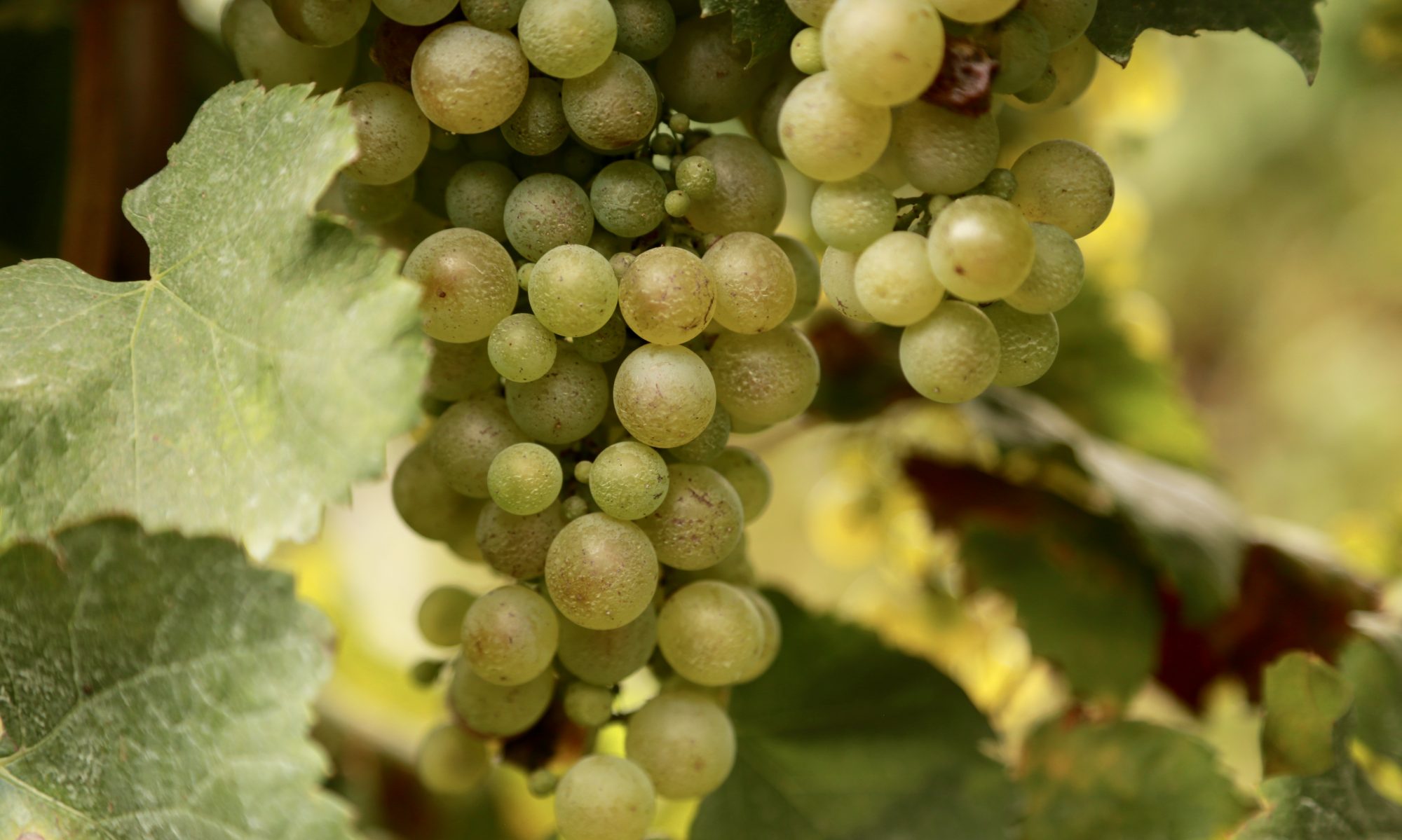
So, I’m alive and well and the family ditto and I’m grateful for that, but, tbh, it’s been a while since I felt, you know, actually stoked. Like I think the last time I felt that little electric stab in the ribs that I interpret as “heart leaping for joy,” was round about July when the Instacart shopper guy texted “good TP in stock.”*
So, the other day when I finished a big project, a week ahead of deadline, too, I decided to administer a bit of course correction. No, I didn’t feel like breaking out the Champagne, didn’t even feel particularly joyous, but gosh darn it, it was a milestone and It Would Be Marked.
So I reached for a bottle of something that is just the ticket when you want to celebrate without making a huge song and dance about it, Cremant de Limoux.
Cremant refers to French sparkling wine that is made in the same manner as Champagne but is not from that specific (and rather expensive) region. Limoux is in Southern France, nestled next to the Pyrenees and is famous for a type of bubbly called Blanquette de Limoux, made by monks at St. Hilaire Abbey in the 16th century. The story in Limoux is that Dom Perignon (the Champagne guy) visited and picked up a few ideas. Probs not true? But fun.
Blanquette de Limoux is made primarily from the local Mauzac grape and has a distinctive, apple cider-y tang. But in the ‘90s, producers started making the more modern Cremant, which includes international varieties such as Chardonnay. It’s a lovely, crisp and dry expression of sparkling wine and it’s a bargain to boot. Here’s a story I wrote about the region.
I discovered my most recent Limoux gem at my local wine shop here in Berkeley—Domaine Collin, founded by Philippe Collin in the 1980s, The Domaine Collin cuvée tradition is $15 and it is classic, balanced and smooth. It’s made from Chardonnay and Chenin Blanc with a bit of Pinot Noir thrown in and it tastes light and fresh with notes of green (but not sour) apple and tangy, juicy lemon.
Just the thing for celebrating a job well done—or at least done—without feeling self-conscious about it.
*Reader, we did, indeed buy that TP and after the absolutely dire 2-ply nightmare we’d resorted to in the Great Panic it was pure heaven. A positive Taittinger of toilet tissue.
